Introduction to Sempervivum
Welcome to the fascinating world of Sempervivum, the hardy succulents that are taking over the hearts of gardeners and indoor plant lovers. These rosette-forming beauties, native to the high altitudes of Europe and the Mediterranean, offer more than just a pretty face; they come with a storied history and an impressive ability to thrive in the most challenging of environments.
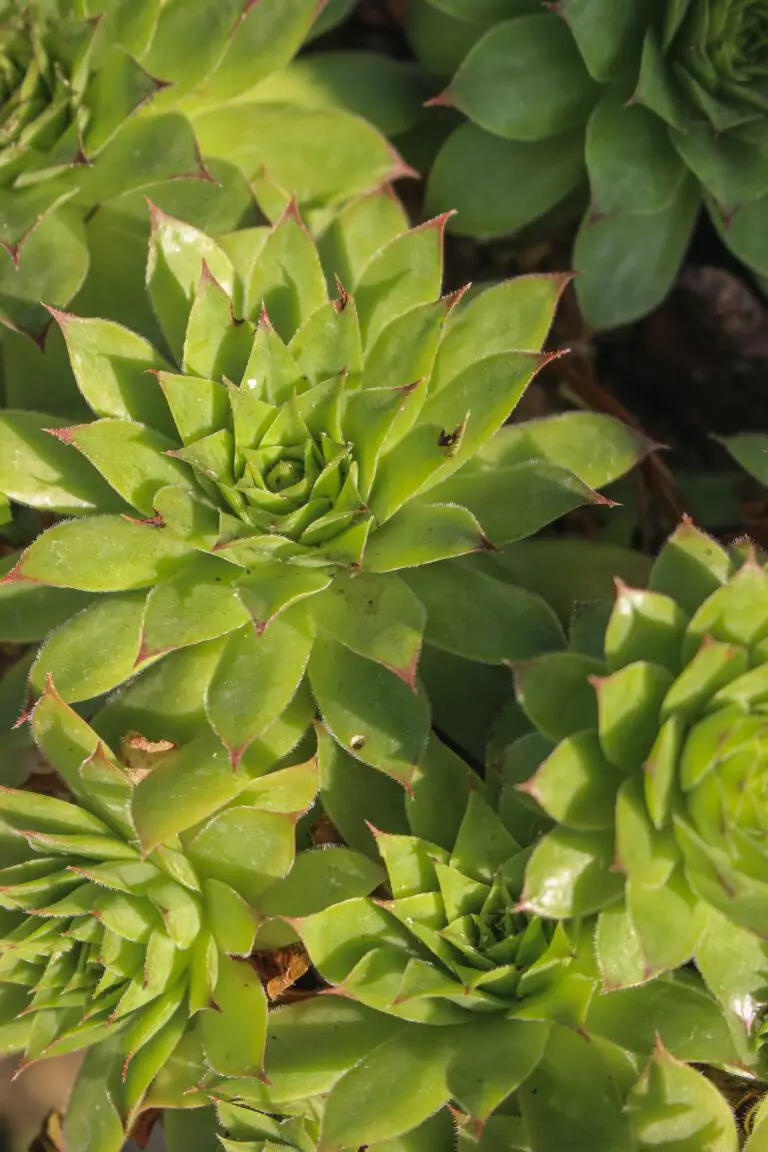
Often known as ‘houseleeks’ or ‘hens and chicks’, Sempervivums are the survivalists of the succulent world. Picture this: a rugged Alpine mountainside where the soil is scarce and the temperatures fluctuate wildly. It seems inhospitable, yet here the Sempervivum basks in its glory. Its secret? An unparalleled resilience, which allows it to conserve water and thrive in dry terrain, propelling its popularity among those looking to bring a piece of alpine tenacity into their homes.
For the enthusiastic novice eager to venture into the realm of succulents, Sempervivum presents an ideal starting point. With their low maintenance and diverse array of colors and shapes, these plants not only embellish your living space but also embody the saying “Less is more.” Indeed, their effortless care echoes through the halls of thriving succulent gardens everywhere, inspiring countless green thumbs to choose Sempervivum as their botanical companion.
Dive deeper into these green gems, and you’ll discover an astonishing variety. From the cobwebbed ‘Arachnoideums’ to the fiery ‘Calcareums’, every Sempervivum bears its own unique fingerprint. This variation isn’t just for show; it’s a testament to the genus’s intelligence in adapting to its surroundings. And let’s not forget, they’re not just for the expert horticulturists; even the busiest urban dweller can nurture these aloof beauties, making them a true testament to the adaptability and enduring spirit of nature.
Unveiling the Varieties
Step into the fascinating world of Sempervivum, a genus of succulents that’s as diverse as it is captivating. These hardy little wonders, often dubbed as the ‘forever alive’ plants, have more characters in their lineup than a blockbuster movie. Picture this: a rooftop in the Swiss Alps, blanketed with a mosaic of Sempervivum, their rosettes basking in the crisp mountain air – that’s nature’s own perennial show, starring an ensemble cast of vibrant, textural beauties.
One of the crowd pleasers in this botanical troupe is Sempervivum tectorum. Imagine a tough, no-nonsense guardian thriving on the precipice of sheer rock cliffs. This species is a true alpine survivor, brandishing green rosettes tinged with red tips, posing as nature’s rubies scattered on a green tapestry. Then there’s Sempervivum arachnoideum, aptly named for its cobweb-like filaments. It’s the enigmatic artist of the group, weaving delicate white threads over its leaves like a spider crafting its intricate home.
But it’s not all about rugged looks; these plants have a soft side too. Ever seen a Sempervivum ‘Pacific Blue Ice’? It’s like gazing into a frozen pond – blue foliage with a touch of blush under the sun’s gentle kiss. Or the Sempervivum ‘Black’, a variety that could easily be the brooding, mysterious character in the corner, with leaves so deeply hued they whisper the allure of the dark side.
Fancy a bit of folklore? Picture a medieval cottage, thatched and cozy, its roof dotted with Sempervivum as protective charms. That tradition speaks to their resilience and across the centuries these plants have been a symbol of unwavering endurance. Whether it’s the blazing summer heat or the biting cold of winter, sempervivums stand undaunted, their rosettes coiled tightly like secrets waiting to be told.
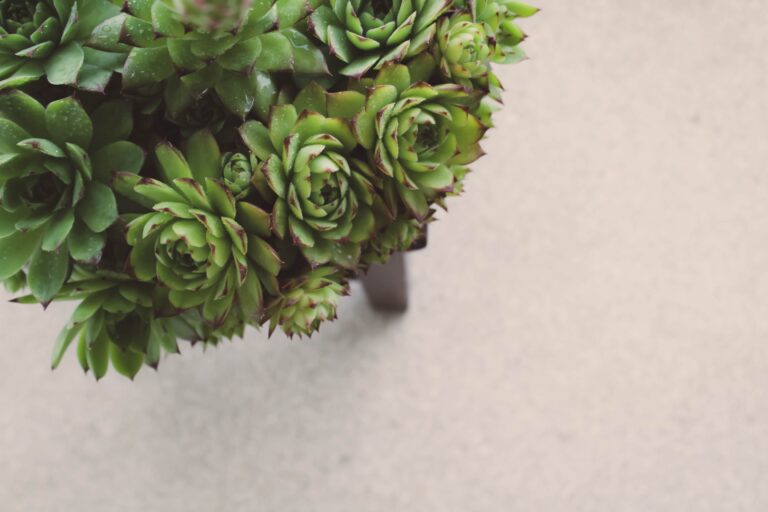
Indeed, each species of Sempervivum brings a unique flavor to the garden play. While their care may be strikingly similar—bask them in sunlight, let their soil dry between watering, protect them from waterlogging—to appreciate them is to recognize their individual tales. So next time you pass by these succulent stars, take a moment to marvel at the intricate diversity they present. Each rosette, a world of its own, each variety, a distinct chapter of the same epic story.
Optimal Growing Conditions
Imagine you’re creating a mini alpine retreat right at home, and at the heart of it are your Sempervivum succulents. These rosetted beauties, also known as “Hens and Chicks,” not only add a touch of rugged charm but thrive with the proper care—much like a seasoned mountaineer in high altitude conditions. So, let’s dig in and discover how you can set the stage for your Sempervivum to shine!
Let There Be Light!
First up, lighting. Sempervivums are sun worshipers, basking in its glory to bring out the full spectrum of their vibrant hues. A south-facing window is their happy place, where they can soak up those rays. However, not every day is bright and sunny, much like those occasional cloud-covered days in their native mountainous habitats. Should your indoor lighting be less than ideal, consider using grow lights to simulate the sun’s embrace, ensuring your Sempervivums always have the spotlight they deserve.
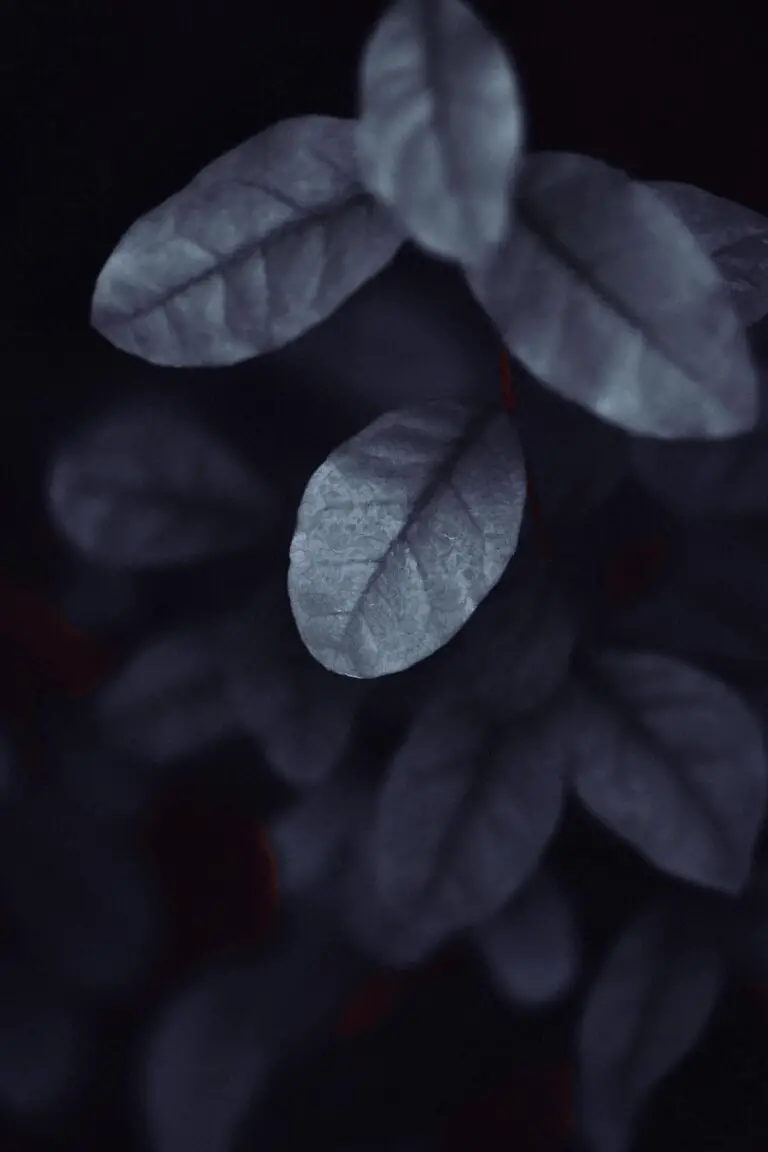
Temperature is another key player in the Sempervivum scene. Picture them nestled in rocky outcrops, withstanding the chilly embrace of high-altitude nights. These succulents prefer cooler temperatures and will prosper in environments that mimic the fresh mountain air—think temperatures ranging from 65°F to 75°F (18°C to 24°C) during the day with a slight dip at night. And while they are hardy enough to endure a frost, keeping them cozy indoors where they’re shielded from extreme winter chills will have them thanking you.
Moving on to humidity—or should we say the lack thereof. Sempervivums prefer dry air, similar to their alpine origins, making them perfect for homes that struggle with low humidity levels. In the controlled environment of your home, you won’t find these succulents demanding a humidifier; they’re quite content with the air around them, as long as it’s not too moist. Keep them clear of bathrooms where steam can collect, or any damp location, for that matter, to prevent unwelcome squatters like mold and mildew.
To further your Sempervivum care journey, consider exploring external resources like World of Succulents for a dive into nurturing these robust plants. If you’re passionate about learning how to master the cultivation of other alpine plants as well, our article on cultivating Sedum ‘Blue Spruce’ might just pique your interest!
The Perfect Soil Mix
When it comes to nurturing Sempervivum succulents, the secret ingredient to success is undoubtedly the quality of the soil mix. Your robust, rosette-shaped buddies crave a home that mirrors their natural alpine habitats—a blend that screams excellent drainage and breathability. It’s time to get your hands dirty and create the perfect environment for your Sempervivum to flourish!
Imagine this: a rocky mountainside where water trickles through craggy crevices and plants embrace the gritty texture beneath them. That’s the vibe we’re aiming to replicate. The ideal soil mix is one part loam, which gives a nice, earthy foundation. Throw in one part coarse sand or perlite, and one part peat moss or a similar organic component to hold just enough moisture without being clingy.
Here’s a little DIY magic for you: mix these components until you get a structure that’s loose-fitting yet sturdy enough to anchor our little plant friends. If the soil feels like it could cuddle a cluster of roots with ease and let water slip through almost teasingly—congratulations, you’ve hit the jackpot!
But beware! Not just any old sand will do—the finer stuff can compact, which leads to waterlogging, and that’s a big no-no. Remember, our Sempervivum pals detest soggy feet. To avoid a tragic root rot disaster, always opt for the chunkier, more rebellious types of sand.
Need to witness the perfect pairing of Sempervivum and soil in action? Master the art of caring for Echeveria Pulidonis—a succulent that shares similar soil preferences—and get inspired to cultivate your own green haven.
Here’s a visual for you:  . Seeing these Sempervivum sitting pretty in the perfect mix can motivate any gardener to replicate that blissful balance at home.
. Seeing these Sempervivum sitting pretty in the perfect mix can motivate any gardener to replicate that blissful balance at home.
If your green thumb is twitching for more intel on soil prep for your Hens and Chicks, you’re in luck! This comprehensive guide is the treasure trove of insights you’ve been searching for, with tips to ensure you don’t end up barking up the wrong tree—or should we say, planting in the wrong soil?
It’s oh-so-tempting to pamper your plants, but when it comes to water, less is more! These succulents aren’t looking for a swimming pool; they’re content with a quick sip. Pairing your paramount soil mix with moderate watering will have your Sempervivum not just surviving, but thriving. It’s about finding that sweet spot where they’re hydrated enough to show off their plump leaves, but not so drenched that they’re gasping for air.
Irrigation Insights: Watering Your Sempervivum
Watering your Sempervivum, those lush rosettes dotting alpine rockeries and sunny windowsills, strikes the perfect balance of art and science. And although they’re as hardy as they come—indeed, their very name means “live forever”—they do like a drink on their own terms. Let’s dive into how you can quench their thirst, ensuring they’re not just surviving but thriving.
Imagine you’re trekking through their natural habitat—the craggy peaks of the Alps. It’s here, in the wild, that Sempervivums have honed their preference for the “feast or famine” approach to hydration. Replicating this at home means allowing the soil to dry out completely between watering—an act that not only satiates their roots but also discourages the dreaded root rot.
When it’s time to water, be sure to employ the “soak and dry” method. Picture a sudden mountain downpour, thoroughly drenching the plants before retreating as quickly as it came. Your mission, should you choose to accept it, is to emulate this in your containers. Soak the soil thoroughly, let the excess water drain away, and then do nothing. Yes, that’s right—step away from the watering can and allow your Sempervivum to bask in the dry period they so adore.
It’s tempting to craft a strict schedule—watering every Tuesday and Friday, perhaps? Sempervivums, however, march to the beat of their own drum. The frequency of watering will depend on factors like the season, your home’s humidity levels, and the type of soil you’ve used. An overeager approach to watering is like offering an umbrella in a desert—it’s well-intentioned but ultimately unnecessary. Get to know your plant, check the soil moisture before reaching for that watering can, and you’ll be on the right track.
How do you know if you’re overwatering? It’s written in the leaves. If they’re discolored or squishy, your Sempervivum may be silently pleading for less water. On the flip side, under-watered plants will have dry, wrinkled leaves craving hydration. Observing your plant’s language is key—it’ll whisper its needs if you’re attentive enough to listen.
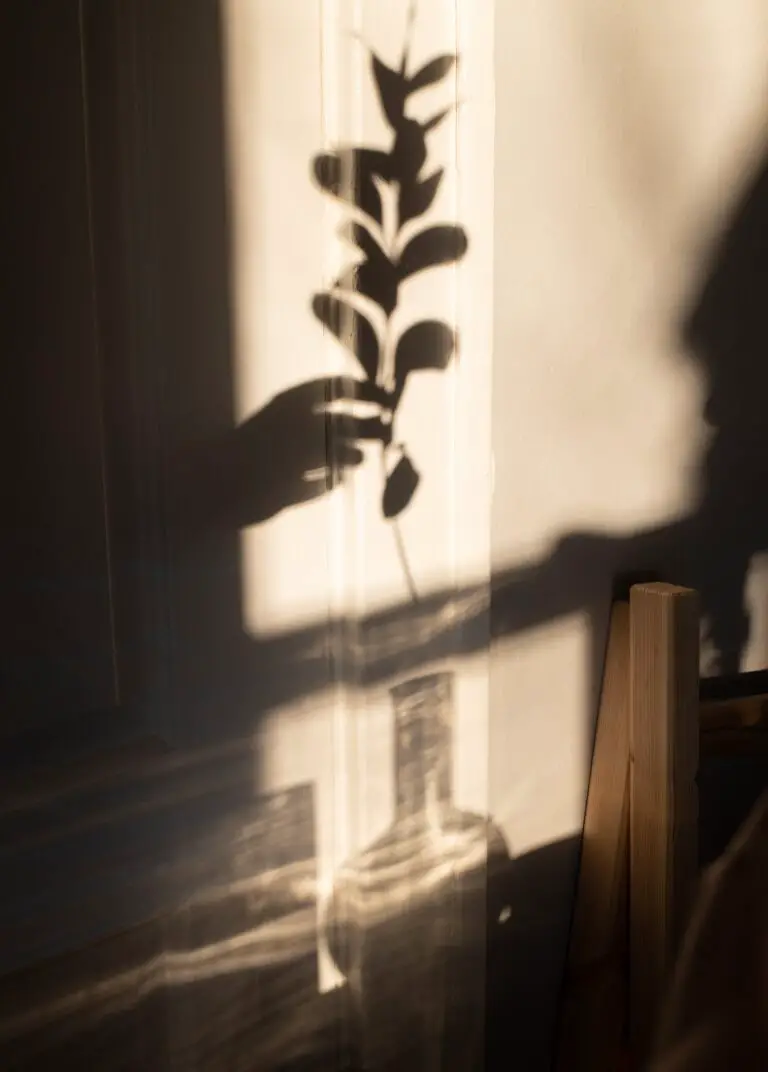
Now armed with these insights, you have the power to turn your Sempervivum from merely existing to exquisitely flourishing. Remember, water is a precious gift—especially when given thoughtfully. With a bit of practice and patience, your Sempervivum will not only survive; they’ll tell a story of resilience and beauty, echoing the rugged alpine terrains they call home.
Feeding Fundamentals for Sempervivum
Let’s talk about what makes your sempervivum tick — or should we say, grow? These alpine adventurers are pretty low-maintenance, but they do have a voracious appetite for the right kind of nutrients. Fertilizing your sempervivum isn’t just a sprinkle-and-go affair; it requires a bit of know-how and, dare we say, love!
Imagine treating your cherished sempervivum to a gourmet meal. You wouldn’t just toss any old scraps onto its plate. Similarly, these succulents crave a balanced diet—a dilute, balanced fertilizer will do just the trick, delivering a blend of nutrients that ensure your plants are not just surviving, but thriving. Go for a half-strength solution of a balanced, water-soluble fertilizer, and witness the transformation from a mere green dweller to a lush, vibrant showstopper! And remember, timing is key—the growing season is when your sempervivums are hungriest, so spring and summer are your windows to feed these beauties.
Alice, a long-time sempervivum enthusiast from the Rocky Mountains, shares her story: “I used to fertilize my ‘hens and chicks’ with whatever I had lying around. It wasn’t until I switched to a specific succulent fertilizer that I truly saw them flourish. Their colors deepened, and the rosettes became more defined – it was like watching a mountain sunrise spread across my garden!”
Adopting a light hand is crucial. Overfeeding can lead to rapid, weak growth or even harm your hardy little plants. Think of it as overindulging in fast food—not the best scenario for health or looks. A top dressing of compost or worm castings can also be a natural boost, giving your sempervivum that extra oomph it needs without the risk of chemical burn.
Applying fertilizer doesn’t have to be a chore, and to make sure you’re on the right track, we’ve included a wonderful resource: a video that showcases the proper application techniques for sempervivum fertilizer. Take a peek and equip yourself with the knowledge to keep your sempervivum dining like royalty.
Don’t let your green thumb wilt when it comes to fertilizing. With a touch of care, a dash of knowledge, and a sprinkle of the right nutrients, your sempervivum will repay you by transforming your home into a miniature alpine retreat!
Propagation Pointers: Boost Your Sempervivum Collection
Welcome green thumbs and succulent enthusiasts! Ready to expand your sempervivum sanctuary? These hardy alpines thrive with just a bit of know-how, and I’m here to spill the soil on multiplying your beloved ‘forever live’ friends. Get set for a propagation parade that’s as fun as it is fulfilling!
1. Budding Offshoots: A Pup’s Journey
Picture this: your sempervivum is a proud parent, sprouting mini-me’s on the sly. These pups, nestled at the mother plant’s base, are your ticket to a burgeoning collection. Tap into the seamless cycle of sempervivum life by gently teasing out these offsets when they’re big enough to fend for themselves. Think 1/3 the size of the mom. No umbilical cut necessary—just a tender twist, and off they go on their soil adventure!
2. Seeds of Potential: Sprout Small, Dream Big
Next up, let’s get tiny with seeds—the universe in a speck. Seed-starting is the slow-burn romance of the propagation world. Prepare to play the patient suitor, as these minuscule marvels take their sweet time. Sow them in well-draining soil and mist with the gentleness of dewdrops. Patience paves the way to pint-sized perfection, so channel your inner zen garden and bask in anticipation.
3. Leaves’ Legacy: Little Efforts, Lush Rewards
Consider the single leaf, a lone ranger in the propagation journey. This route might feel like tossing a message in a bottle into the succulent sea, but trust the process. Pluck a robust leaf, let the end callus over like a fine wine’s cork, and then lay it atop the soil. Keep it Icarus-cool—not too close to the scorching sun—and watch as a tiny rosette emerges like a phoenix from the ashes.
I know, I know—it’s tempting to swarm these budding beauties with love. But remember, sempervivums are the introverts of the plant world; they crave space. Water sparingly, a siren call rather than a tidal wave. And if you think it can’t get cooler, just wait until you meet the sempervivum in action!
${embed_code}
Propagation Pointers: Sempervivum Multiplication Magic
So, you’ve been ensnared by the charm of Sempervivum, those rugged alpine beauties that bring a touch of the wild to your home. Dreaming of a flock of these succulent stunners? Buckle up! I’m about to guide you through the riveting world of propagating your very own sempervivum trove—no green thumb sorcery required.
Making More of Those Marvelous ‘Hen & Chicks’
Let’s zero in on offsets, commonly known as ‘pups.’ In the sempervivum universe, these little bundles of joy sprout right next to their mother plant. All you need to do is wait for them to pack on some pounds until they look sturdy enough to venture out on their own—roughly when they’ve hit about a third of the size of their parent. Gently wiggle these pups free, and voilà, you’re on your way to a sempervivum extravaganza! Mark my words, it’s as effortlessly enchanting as it sounds.
Seeds of Success: Tiny Treasures Awaiting Germination
Ever thought about diving into the tiny world of seeds? Embark on this expedition, and you’ll find yourself nurturing micro wonders into full-blown rosette splendor. Begin this saga by sprinkling those microscopic life packets onto a well-aerated potting mix. Then, summon your most nurturing raincloud impersonation with a fine mist. It’s a waiting game, but the thrill of witnessing the first sprout is nothing short of miraculous—like watching the universe being born on a micro-scale.
The Leafy Route: A Single Slice of Sempervivum Splendor
And what about those single leaves, you ask? Here’s the catch—picking a leaf is like drafting a champion gladiator; it has to have the brawn to go the distance. Once chosen, give the leaf a chance to form a protective callus, akin to a knight’s armor, before introducing it to the soft embrace of the soil. Keep tabs on it, but don’t smother it—just a gentle watering when the earth whispers for a drink. Soon enough, you’ll be greeting a fresh rosette, a testimony to life’s incredible resilience and your handiwork.
Now, don’t just take my word for it—why not watch sempervivum propagation in glorious technicolor? Get a load of this:
Practical Strategies to Prevent Pests and Disease
Sempervivum, those hardy, plucky succulents that adorn our rock gardens and windowsills, can occasionally fall victim to skulking pests and stealthy diseases. But don’t fret! With a bit of know-how and vigilance, you can be the superhero your Sempervivum needs, warding off invasions and infections. Let’s dive into the nitty-gritty of pest and disease prevention and reveal the secrets to keeping your succulents safe.
Scouting for the Usual Suspects
First things first, identifying the culprits is key. The usual suspects include aphids, mealybugs, and spider mites. These tiny terrors can suck the life out of your plants if left unchecked. Aphids are fond of new growth, while mealybugs lurk in the nooks and crannies, and spider mites weave their fine webs like microscopic graffiti artists. A magnifying glass and a keen eye will turn you into a pest detective in no time, as spotting these critters early is crucial for a sempervivum-safe home.
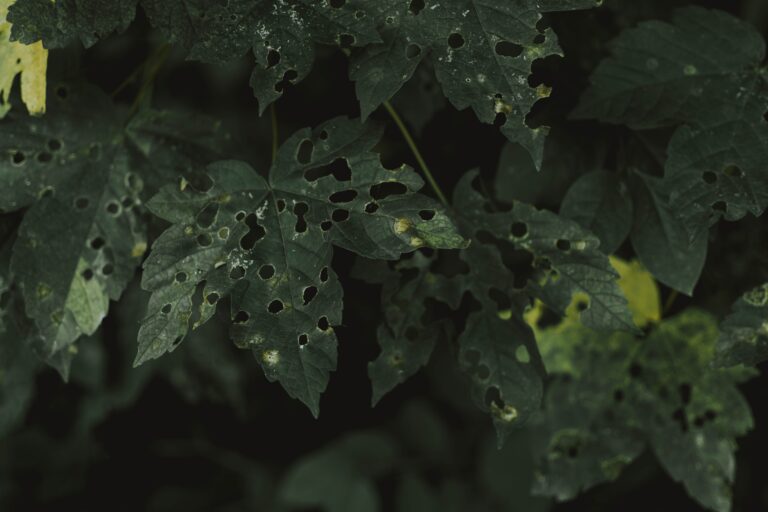
The Battle Against Bugs
Now, to battle! A gentle shower can dislodge aphids, the equivalent of a pest tidal wave. For those pesky mealybugs and spider mites, a dab of rubbing alcohol on a cotton swab serves justice. Imagine suiting up in your best crime-fighter outfit and going toe-to-toe with these villains, ensuring your Sempervivum’s safety. It’s you versus the pests, and with these tricks up your sleeve, you’re set to win.
Fending Off Fungal Foes
Fungal diseases can also haunt Sempervivum, with symptoms like discolored spots and rot signaling an imminent threat. Think of these as the silent ghosts of the plant world, lurking invisibly until it’s almost too late. But you won’t be fooled. Increase ventilation, reduce overhead watering, and apply an organic fungicide to banish these spectral scourges. With these proactive tactics, you’ll be the phantom patrol keeping your Sempervivum ghost-free.
Don your detective hat and keep those eagle eyes sharp; with these practical strategies, pests and diseases won’t stand a chance against your Sempervivum care. Remember, an ounce of prevention is worth a pound of cure, and your resilient alpines at home will thrive under your superhero guard.
Winter Care Wisdom
The arrival of winter brings a symphony of frosty days and chilly winds, but don’t let the cold weather catch your Sempervivum, the hardy alpine warriors, off-guard! Adapting to the decreasing thermometer is paramount to keep your green pals thriving even under a blanket of snow. Let’s delve into the crystalline realm of winter care for your resilient rosettes.

Contrary to the snug approach we humans take by cranking up the heat, these succulents favor the brisk air, building their tolerance against freezing temperatures. Thanks to their alpine ancestry, some Sempervivum varieties can bear the cold remarkably well, transforming your garden into a mesmerizing frost-resistant oasis.
However, not all Sempervivum are draped in the same cloak of cold endurance. It’s a sage move to introduce a winter regimen to fortify their resilience. Start by ensuring proper drainage—these succulents abhor ‘wet feet’, and soggy soil can be a silent killer during winter’s damp and dreary days. Consider a raised bed or pots with drainage holes to fend off the soggy soil specter.
Shielding Them from Snowy Surprises
While a fresh dusting of snow can be a whimsical view, it’s the heavy snowfall that can spell trouble for the sempervivums. The weight of accumulated snow can press down on the plants, leading to broken leaves or even a crushed spirit (if plants had one). Gently brush off excessive snow using a soft broom or your hands, just as you would tenderly wipe snowflakes off a cherished keepsake.
As much as sempervivums appreciate the sunlight’s golden kisses during warmer months, in winter, the low-angled sun can amplify through ice and snow, creating a miniature greenhouse effect. Beware of the deceptive winter sun; occlude it with a breathable cover, like burlap, on intensely bright days to prevent sunburn on your otherwise chill-loving sempervivums.
Remember, winter doesn’t spell doom for your Sempervivum collection, but rather an interlude that, with care and insight, can showcase their vigorous vitality. Tend to them with knowledge and foresight, and watch as they emerge come spring, brighter and more robust, ready to return the favor with their unique beauty and vigor.
Common Mistakes to Avoid
Congratulations! You’ve decided to invite the hardy Sempervivum into your home, a choice that promises architectural beauty and unrivaled resilience. But before you bask in the glory of your alpine haven, let’s navigate through some common pitfalls. After all, despite their toughness, these succulents have their quirks.
Over-enthusiastic Watering: Imagine this: your Sempervivum is happily basking in the sun when a generous flood of water hits – a classic rookie error. Resist the urge to douse your plants daily. Their alpine ancestry means they’re accustomed to drier conditions. Let the soil dry out completely before you reach for that watering can again. Moderation is key to sempervivum care and avoiding root rot.

The Wrong Sun Salutation: Sempervivums love sunlight, but it’s a delicate dance. Plant them where they can soak up the morning’s tender rays, but shield them from the harsh midday sun, especially during sizzling summer spells. Think of it like applying sunscreen – protection from intense exposure is a must for these alpine beauties.
Pot Luck or Not: Picture this – your Sempervivum is sitting snug in a pot, but there’s just one problem: no drainage. These succulents detest wet feet, so choose a home for them with ample drainage holes and avoid the tragedy of waterlogged roots.
Feeding Frenzy: Now, you might be tempted to lavish your Sempervivum with all sorts of fertilizers, but hold your horses! These plants are low-maintenance lovers, thriving on neglect rather than pampering. Overfeeding can lead to lush, soft growth, which is a magnet for pests and diseases. Stick to a light feed, and only once a year in spring. It’s all the gourmet diet they need.
By steering clear from these common missteps, your Sempervivum will not only survive but thrive, creating a living tapestry of succulent perfection in your garden or on your windowsill. Remember, it’s the simple care techniques that make an extraordinary difference in the world of sempervivum care.
Frequently Asked Questions About Sempervivum Care
Got a question about caring for your Sempervivum succulents? No worries! We’re diving into the most common queries with straightforward and helpful answers to ensure your alpine charmers thrive right in the comfort of your own home.
How often should I water my Sempervivum?
Imagine you’re trekking across a dry Alpine slope—your Sempervivum feels right at home in those conditions. Watering should be infrequent, following the ‘soak and dry’ method. Drench them thoroughly when the soil is bone dry, then hold off until it’s parched again.
Do they need special soil?
Think gritty, think draining! For these mountain beauties, well-draining soil mix is a VIP ticket to health. A blend of potting soil with coarse sand or perlite mirrors their native, rocky habitat and keeps roots happy and rot-free.
What’s the ideal sunlight for Sempervivum?
Like a hiker seeking the sun, Sempervivum thrives in full to partial sunlight. They bask and flourish in those rays, so a south-facing window or a sunny patio would be their best suntanning spot. Just remember, even sun-lovers need shade from the scorching midday sun.
Are they cold-hardy?
These rugged rosettes laugh in the face of frost. Sempervivum means ‘live forever’, and with their ability to withstand freezing temperatures, they certainly try to honor that name. They’re survivors, perfect for gardeners in cooler climes, or for anyone looking to test their green thumb in winter.
Seeing is believing, right? Here’s a snapshot of these resilient rosettes, basking in the glory of their optimal care:
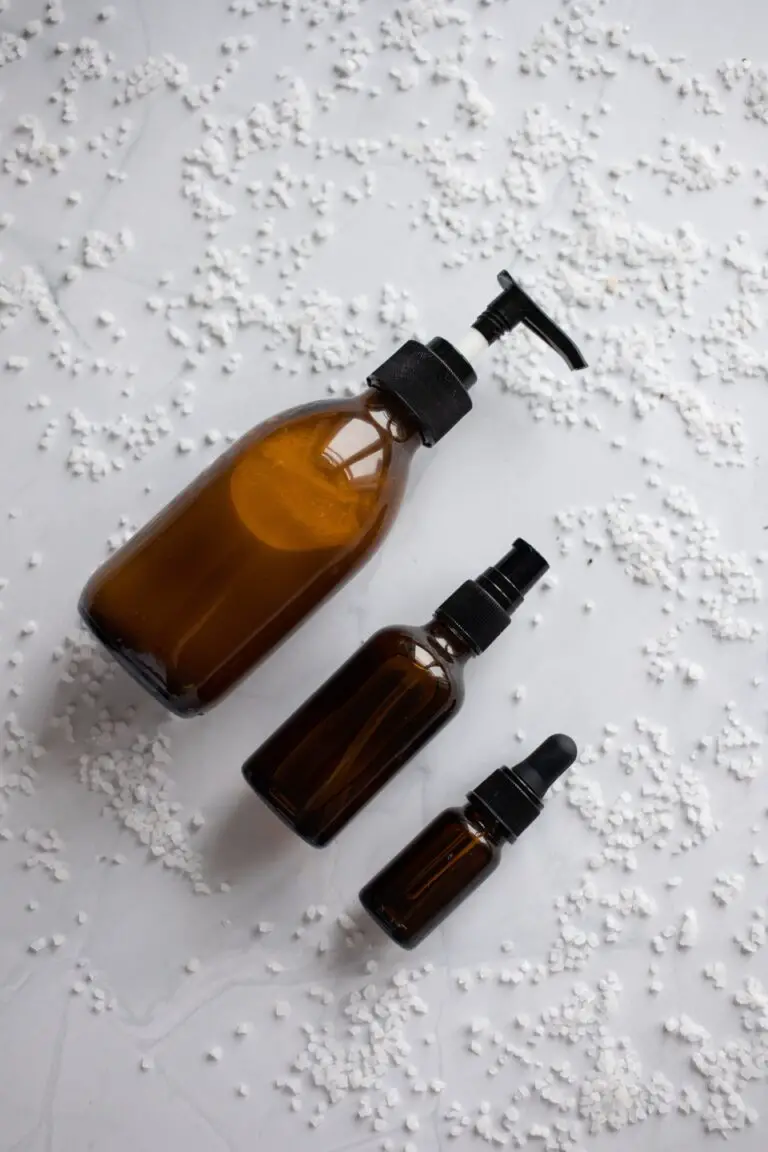
Will they survive indoors?
While they dream of the great outdoors, Sempervivum can adapt to inside spaces, too. With sufficient light and the right soil conditions, you can mimic an Alpine paradise right on your windowsill—no yodeling skills required!
Do they flower?
Patience is key here; they’re not the showiest bloomers. But when they do decide to grace us with flowers, it’s a one-time, breathtaking show before that rosette bids adieu. Don’t worry though; offsets will keep the sempervivum legacy going strong.



